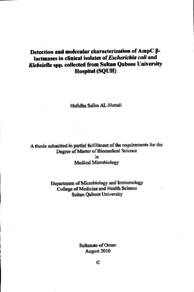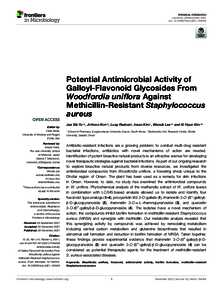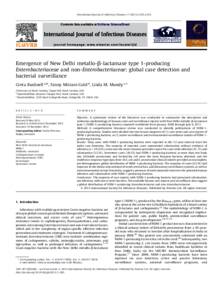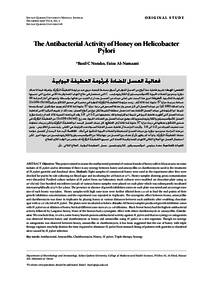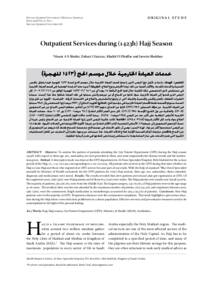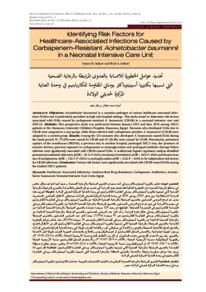وثيقة
Detection and molecular characterization of AmpC B-lactmases in cilinical isolates of Escherichia coli and Klebsiella spp. collected from Sultan Qaboos University Hospital (SQUH)
الناشر
Sultan Qaboos University
ميلادي
2010
اللغة
الأنجليزية
الموضوع
الملخص الإنجليزي
Background: Excessive use or misuse of antibiotics over the past decades has resulted in the emergence of bacterial strains that no longer respond to antibiotics, in particular, the B-lactams. The most commonly encountered mechanism of resistance in these bacteria is the production of B-lactamases. Of these B-lactamases, AmpCBlactamases confer a broad spectrum resistance to B-lactam antibiotics, and are spread worldwide, posing both diagnostic and therapeutic challenges.
Methods: A total of 700 clinical isolates of Escherichia coli (500) and Klebsiella spp. (200) recovered from various clinical samples: urine, sputum, blood and pus were collected from SQUH. These were screened for Amp production by checking their susceptibility to cefoxitin (30ug). Isolates showing an inhibition zone diameter of 18mm were labelled as screen positive. All screen positive isolates were subjected to four phenotypic confirmatory tests using: ADT, MADT, M3DT and IBT. In addition, the screen positive isolates were subjected to multiplex PCR using family-specific primers.
Results: Of the 90 screen positive isolates (52 E. coli and 38 Klebsiella spp.) 46 (37 E. coli and 9 Klebsiella spp.) were identified as AmpC producers using phenotypic confirmatory tests. Using multiplex PCR, ampc gene was detected in 11/52 (21.2%) isolates of E. coli: CIT-type of Amp B-lactamases was detected in 8 of theses 11 isolates. On the other hand, amp gene was not detected in any of screen positive Klebsiella spp. isolates. Out of the four phenotypic tests used, the MADT was the most sensitive test, while, IBT was found to be the most specific test since it showed maximum agreement with the multiplex-PCR.
Conclusion: Our study, which is the first study of its kind from Oman established that 37/500 (7.4%) of Escherichia coli and 9/200 (4.5%) of Klebsiella pneumoniae clinical isolates were Amp B-lactamase producers using phenotypic tests. However, only 11/500 (2.2%) of E. coli were identified as AmpC positive using multiplex PCR. Of the Amp B-lactamases detected, CIT-family was the most prevalent type. of the four phenotypic confirmatory tests compared, the IBT was found to be the most specific test.
المجموعة
URL المصدر
قالب العنصر
الرسائل والأطروحات الجامعية

